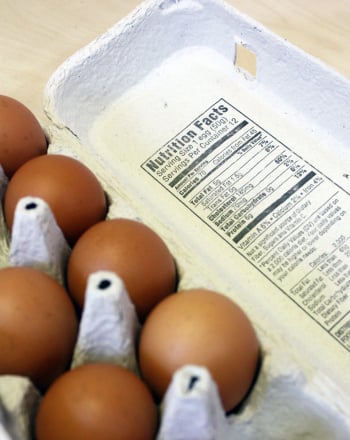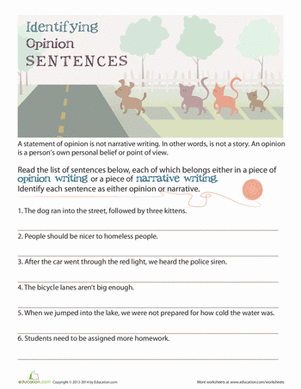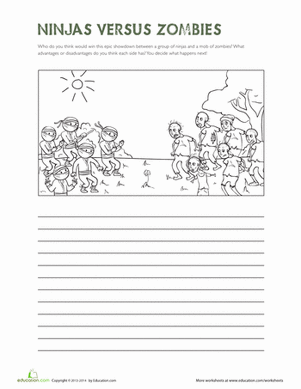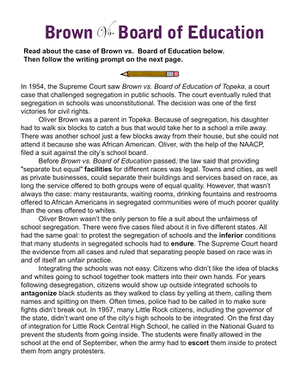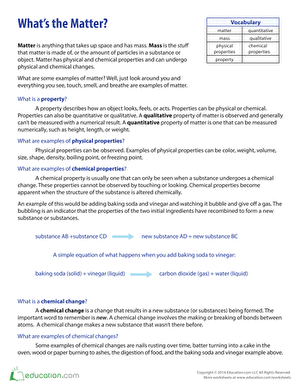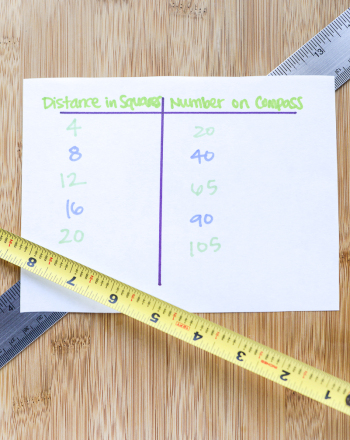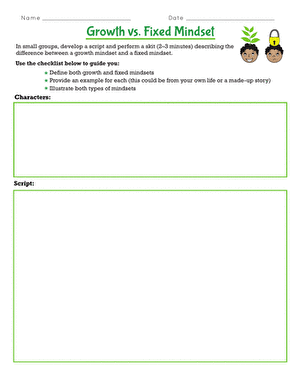Activity
Calorie Intake vs. Use
Many people struggle their entire lives with weight control. There are many different diets that people attempt in order to reach their target weight, and different people are able to find success through different types of dieting strategies. In general, a person will gain weight if the amount of calories they eat is greater than the amount they burn off. Though it is difficult to track the exact intake and output of calories, it is possible to get a general idea of a person’s eating and activity level and whether that will cause weight gain, loss or stability in the future. An awareness of this can help a person monitor and alter their eating habits as needed to reach their target weight.
Problem:
Is your daily calorie intake is different than the amount of calories you burn?
aterials:
- A calorie reference guide (there are a number available on the internet)
- A food journal
- An activity journal
Procedure:
- Record your weight and height. You will need this information in terms of kilograms and centimeters, so if you measure in pounds and inches, make sure you do the proper conversions. You can convert the numerical data using the internet.
- Find out approximately how many calories you burn in a day (without engaging in any activity) using one of the following formulas: if you are a boy use this formula: 66 + (13.7 X weight in kilograms) + (5 X height in centimeters) - (6.8 X age in years); if you are a girl use this formula: 655 + (9.6 X weight in kilograms) + (1.8 X height in centimeters) - (4.7 X age in years).
- Keep a daily log of everything you eat and drink, using a chart such as the one below. Remember that many drinks have calories in them, so don’t forget to include these on your chart.
- Use a reference book, an internet guide, or the nutritional information on the food label in order to find out how many calories are in each food or drink you eat.
- It may be necessary to break up a meal into its components in order to find out how many calories there are. For example, if you eat a salad with tomatoes, lettuce, croutons, cheese and ranch dressing, you will need to gather information about each of the ingredients.
- Keep a daily log of all the activities you do in a day, including walking, running, playing sports and playing on the playground. You’ll need to keep track of how long you engage in each of these actives. Record the results on a chart such as the one below.
- Use a reference book or an internet guide to find out how many calories are burned by each activity. Record this information on the chart.
- Continue keeping a record of what you consume and what activities you engage in for a week.
- At the end of the week, total up how many calories you consumed and how many you burned to find out if there is a difference.
- An extreme difference between what you eat and what you burn may be an indication that it’s time for a diet modification, but do not attempt to do this without talking it over with your parents and a doctor. Changing diet can lead to vitamin deficiencies and can make a person sick if they do not know what types of changes are healthy.
Food Log
|
Type of Food or Drink |
Amount Eaten |
Calories |
|
Low-fat milk |
1 cup |
100 |
|
Breakfast Cereal |
1 cup |
200 |
|
Orange Juice |
1 cup |
80 |
|
Bread |
2 pieces |
|
|
Peanut Butter |
3 Tablespoons |
|
Activity Log
|
Type of Activity |
How Long |
Calories Burned |
|
Baseline (calories burned by being alive) |
n/a |
*your answer from #2 above |
|
Walking to school |
30 minutes |
|
|
4 square |
20 minutes |
|
|
Running |
20 minutes |
|
|
Soccer practice |
1 hour |
|
Education.com provides the Science Fair Project Ideas for informational purposes only. Education.com does not make any guarantee or representation regarding the Science Fair Project Ideas and is not responsible or liable for any loss or damage, directly or indirectly, caused by your use of such information. By accessing the Science Fair Project Ideas, you waive and renounce any claims against Education.com that arise thereof. In addition, your access to Education.com's website and Science Fair Project Ideas is covered by Education.com's Privacy Policy and site Terms of Use, which include limitations on Education.com's liability.
Warning is hereby given that not all Project Ideas are appropriate for all individuals or in all circumstances. Implementation of any Science Project Idea should be undertaken only in appropriate settings and with appropriate parental or other supervision. Reading and following the safety precautions of all materials used in a project is the sole responsibility of each individual. For further information, consult your state's handbook of Science Safety.


